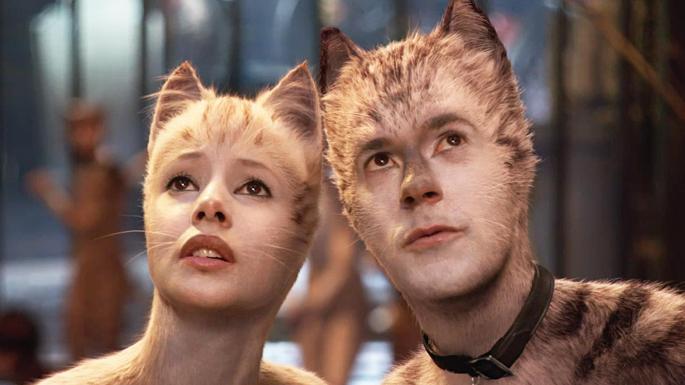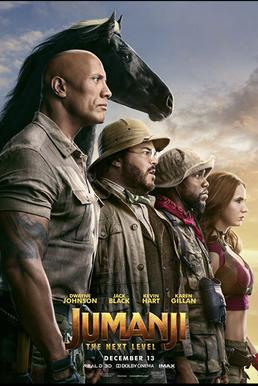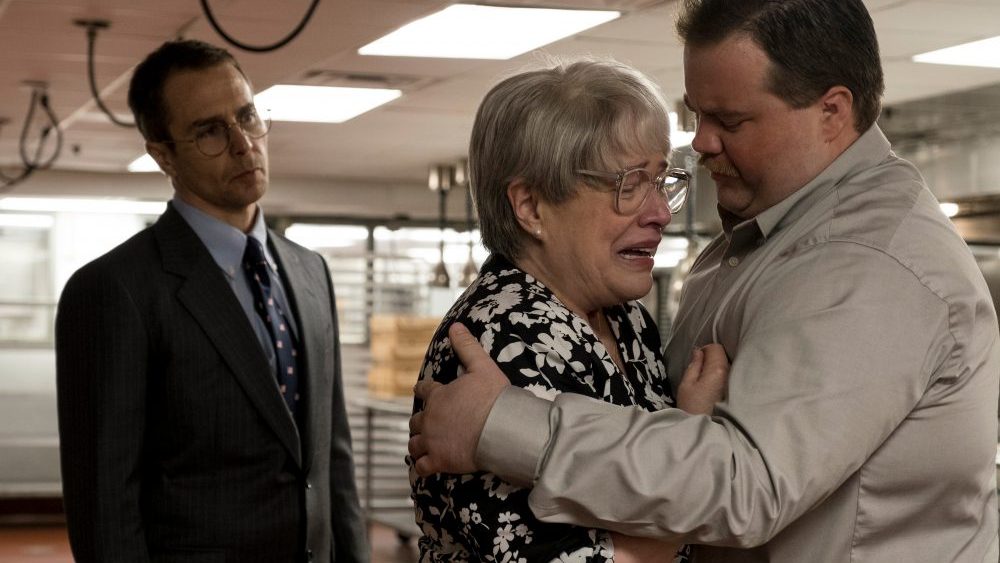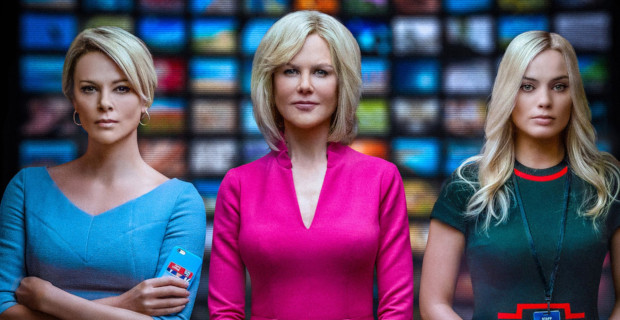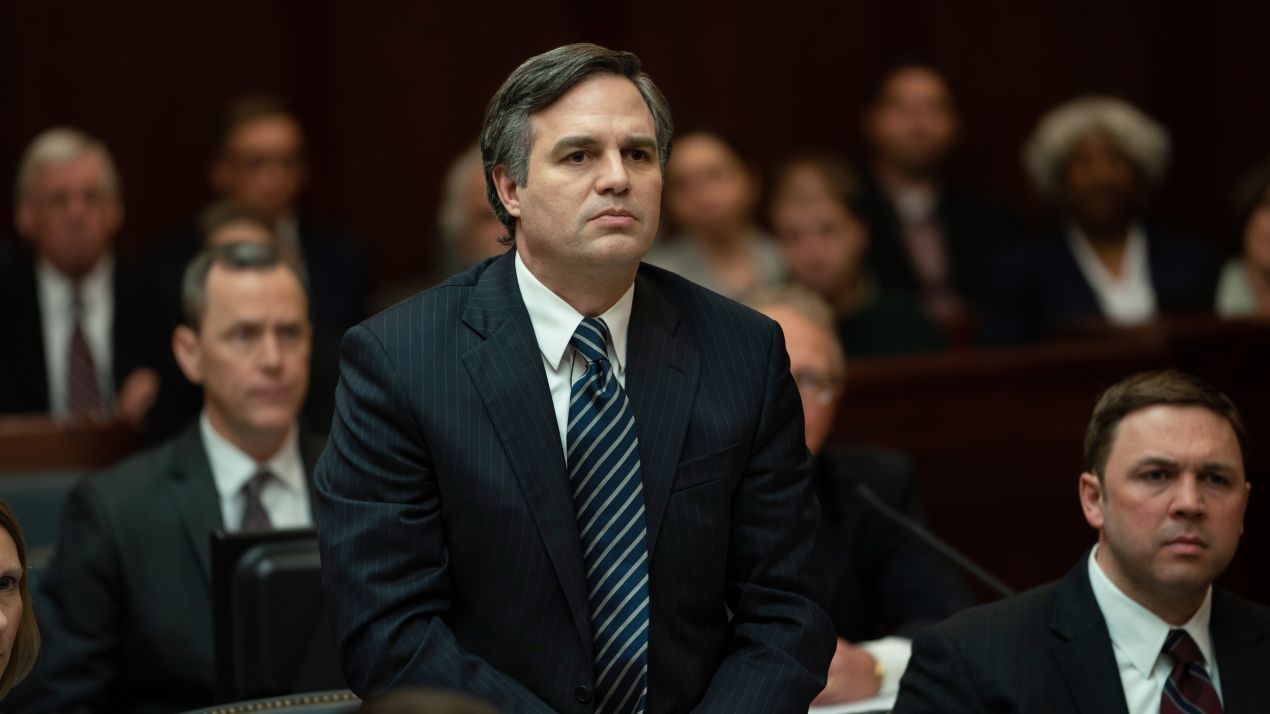Cats
Posted on December 19, 2019 at 5:09 pm
C| Lowest Recommended Age: | Middle School |
| MPAA Rating: | Rated PG for some rude and suggestive humor |
| Profanity: | Some mild language |
| Alcohol/ Drugs: | None |
| Violence/ Scariness: | Threats, dusting-style disappearances, portrayal of afterlife/reincarnation |
| Diversity Issues: | None |
| Date Released to Theaters: | December 20, 2019 |
| Date Released to DVD: | April 6, 2020 |

I was not hoping for much from “Cats.” I knew that the record-breaking, popular-for-decades Broadway musical did not have much of a plot, just songs with lyrics from the poetry of T.S. Eliot and music by Andrew Lloyd Webber and spectacular dancing. So that’s all I hoped for — an all-star cast singing and dancing. Some of the singing is fine, and the dancing is great, when you can see it, but the whole thing is so badly misbegotten that it does its best to keep its most entertaining elements out of sight.
I mean that literally. There’s one simple rule, going back to the days of Fred Astaire, for dance in movies: get the camera out of the way and let the audience see the dance as fully as possible. We want to see the shapes the bodies make, we want to feel the way they interact with the rhythm and with each other, and we want to see their feet. There are dance numbers in “Cats” where the camera moves away from the feet or out of beat with the rhythm. Why? They also give “Memory,” one of the most iconic songs of the last 30 years to Jennifer Hudson, one of the greatest singers of the last 30 years and have her put most of her energy into emotion instead of singing.
The movie’s credits highlight ballerina Francesca Hayward in her first film appearance, playing the young ingenue cat, Victoria. She is thrown into the garbage inside a sack at the beginning of the film, and we learn about the world of the cats as it is explained to her. The various felines introduce themselves, including Jennyanydots (Rebel Wilson) the house cat, who teaches mice and even cockroaches to sing and dance, the magician Mr. Mistoffelees (Laurie Davidson), the down-at-the-paws Grizabella (Jennifer Hudson), filled with regret and self-doubt, “the tap-dancing railroad yard cat Skimbleshanks (Steven McRae), and the wicked Macavity (Idris Elba) “the Napoleon of crime.”
Presiding over everyone is the magisterial Old Deuteronomy (Dame Judi Dench), who has the power to select one “jellicle” cat (a term Eliot made up) for a second chance at life. As cats comes forward to introduce themselves, it’s like a feline “Chorus Line,” everyone auditioning for that one big chance.
All of that would be fine if there was some joyful energy behind it, but it is mostly just dreary. Some of the musical numbers, especially McRae’s tap dance, could could have provided that lift if the camera would have stopped long enough to let us see what he was doing. Taylor Swift brings all of her considerable Swiftian panache (though an uncertain hold on an English accent) as Bombalurina, but the movie then sinks back into its trudgey tempo, leaving us to wonder at the furry costumes with ears and tails constantly twitching, so skin-tight it only emphasizes the human and decidedly un-feline forms and movements. It’s a close call what we get more of, silly “cat got your tongue”-style references, the word “jellicle” or Hayward’s lovely face, even in fur and whiskers, which director Tom Hooper keeps cutting back to. Not to sound catty, but it just reminds us how much less enthralled we are than she is.
Here’s a tip. “Cats” is a purely theatrical experience. You want to make a movie about it? Try making it about a theater troop putting it on, and try not have it turn unto “Noises Off.” Even if it did, it would be more entertaining than this version.
Parents should know that this film includes some mild sexual references, nuzzling, some disturbing dusting-style disappearances and death references, and sad songs.
Family discussion: What do you think “jellicle” means? Do you agree with Deuteronomy’s choice? Which was your favorite cat and why?
If you like this, try: “The Fantastcks” and “Nine”

